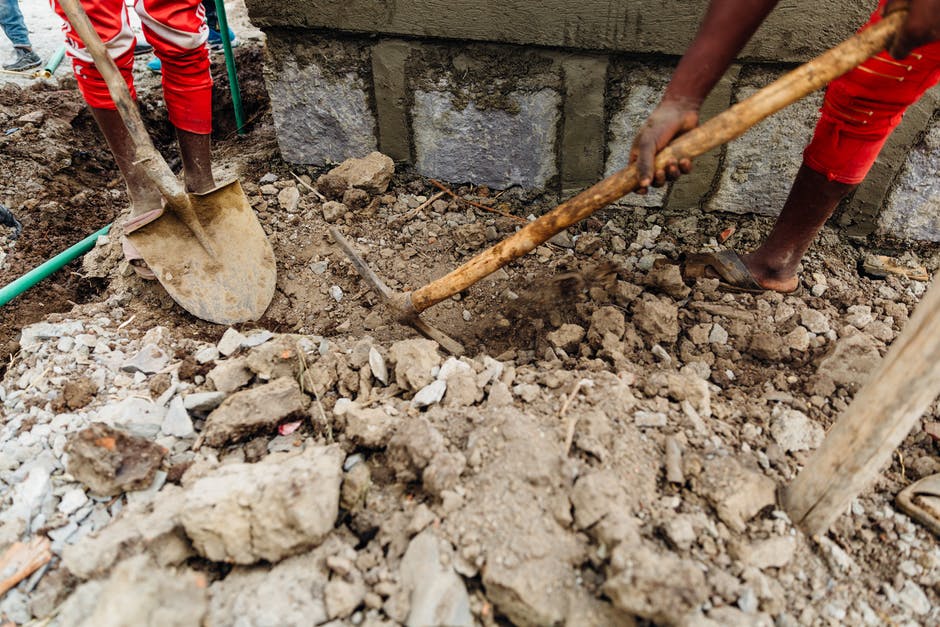Home renovations are a big undertaking. From the initial works to the clean-up after, there are many tasks to take on and things to organize. Over the course of the pandemic, home improvements, renovations, and construction boomed and this is a trend that is showing no signs of slowing down.

If you’re part of the growing group that is taking on the mammoth task of carrying out construction works on your home, construction debris removal is one of the things you should already be thinking about. There are ways and means that you should go about getting rid of home renovation waste—as well as a number of things you absolutely should not do. Read on for a simple yet comprehensive guide on how to get rid of construction debris in a safe and efficient manner.
Rules and Regulations to Be Aware Of
Getting rid of your home renovation waste may seem at first glance like a straightforward job, but in reality, it is a little more complicated. Construction waste and its disposal are governed by many different rules and guidelines which you will need to follow.
The US Department of Housing and Urban Development has a strict set of protocols surrounding construction waste disposal. As well as this, local and state requirements may apply. As every state is different, you will need to research what regulations may be relevant in your specific case.
HUD also breaks down waste into different categories which require different types of disposal and levels of care. These are: low-lead waste content materials, concentrated lead waste, architectural components, and other waste. You will need to classify each item you are disposing of and handle its removal accordingly.
Tips for Home Construction Debris Removal
In order to make the process smoother and quicker, there are some tips you can follow. First: separate your waste early on. Have different areas or piles for different types of items. This will be much easier than trying to sort it all out later on.
The second is to have a plan of what to do with it. The last thing you want is for piles of waste to be sitting around for months on end. You can either try to dispose of it yourself or have a company take care of it for you (for more information about this option click here).
In many cases, it may be easier and cheaper to have an experienced service handle this step rather than doing it yourself. It can be time-consuming, and you run the risk of accidentally improperly disposing of something.
Make Disposing Of Your Debris a Breeze
Although construction debris removal is an important task that shouldn’t be taken lightly, it doesn’t have to be so hard. By following the above tips, you can make the whole process that little bit easier. If you do decide to use a service, make sure they are knowledgeable and reputable.
We hope this sets up your home improvement project for less stress and more success! If you’ve found this guide helpful, don’t forget to check out the rest of our content.



Leave a Reply